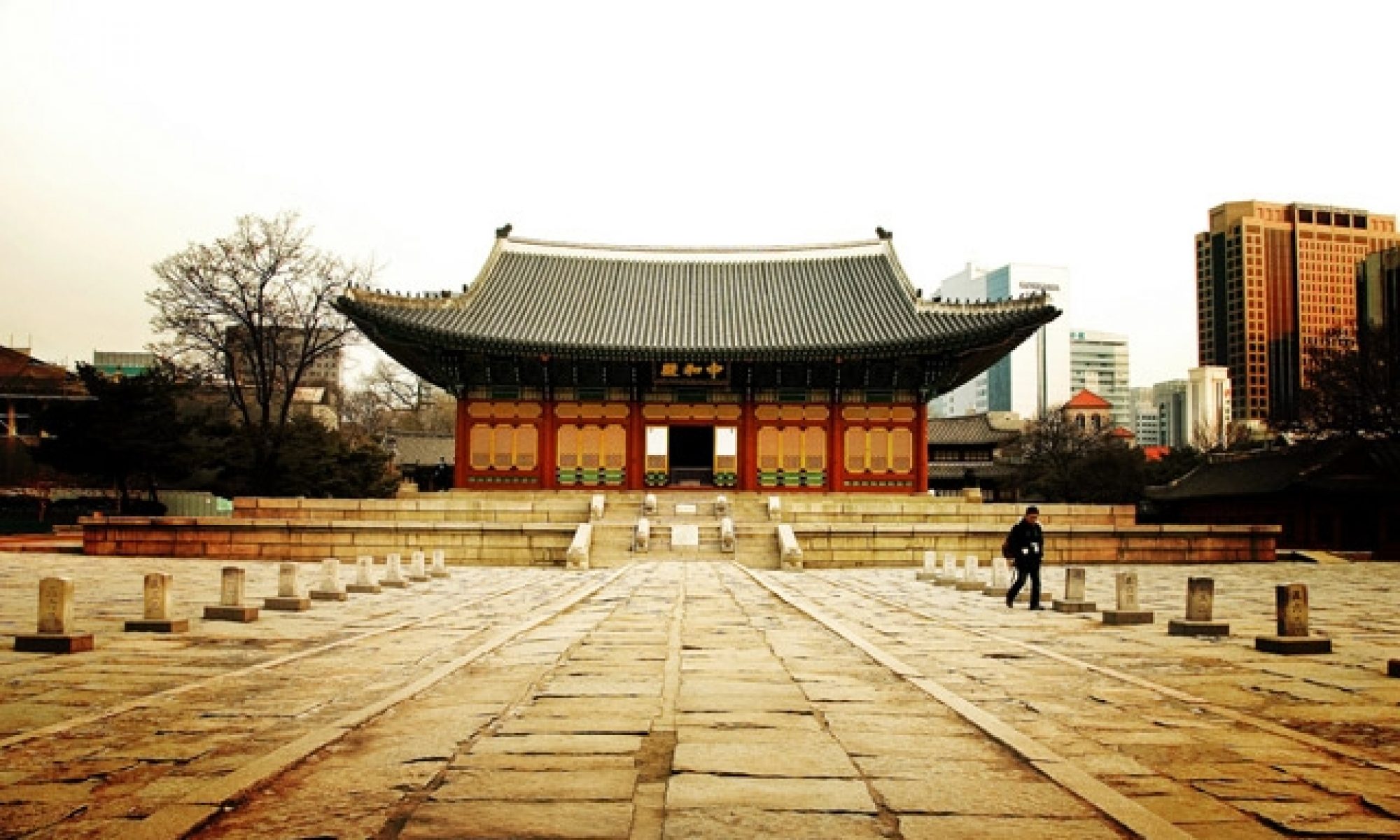This week we went over the background history of Korea, as well as the three Kingdoms of Korea. It was interesting to hear about the impact that China and Japan had on Korean culture. I knew that there had to have been an impact since they had occupied Korea for so long, but the long-lasting impact was unknown to me. However, after attending the first class, I feel that I have a more extensive source of knowledge of the effects of Chinese culture on Korea. Although this topic was interesting, my favorite aspect that was discussed in Korea this week was the three Kingdoms. After reading the chapter in the textbook on the Kingdoms, I developed a keen interest in the Kingdom of Silla. Silla was located in the Southeast corner of the Korean Peninsula, which was out of direct contact with the East Asian Heartland. Their location forced Silla to develop slower than the other two Kingdoms, in terms of stratification and the creation of institutions. Although it developed more gradually than the other two kingdoms, it was still one of the best known of the Three Kingdoms, as it unified the Peninsula and implemented its language and culture as the dominant element in the evolution of Korea. The Sillas traditions have been preserved and served as models throughout Korean History, even though their culture is supposed to be the least refined and sophisticated of the Three Kingdoms. The majority of the information that we have on this time period comes from History written from later historians that saw themselves as ‘heirs’ of the Sillan tradition.
:max_bytes(150000):strip_icc()/scenic--tradition--landscape--temple--korea--unified-silla-kingdom--construction-124247176-5b4bcea946e0fb005bb9c818.jpg)

